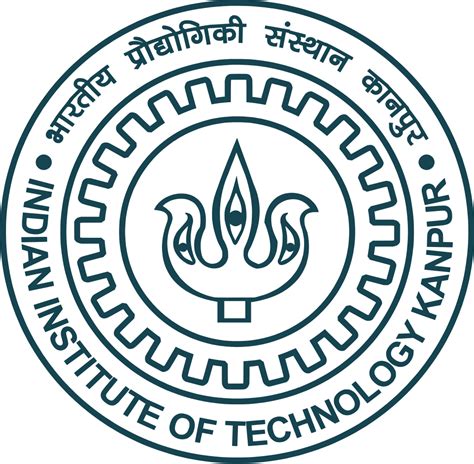
Education / Work History
- Ph.D. Scholar, IIT Kanpur (2016-present)
- M.Sc., Kurukshetra University
- B.Sc., Kurukshetra University
Research Topic / Interest
My main interest is currently:
- Optical Tweezer development
Publications
These include only those published in our lab.
-
Advantage of Femtosecond Optical Tweezers.
A. Singh, D. Kumar, K. K. Singh, and D. Goswami, in Frontiers in Optics + Laser Science 2022 (FIO, LS) (2022), Paper JW5A.26 (Optica Publishing Group, 2022), p. JW5A.26
[Abstract]
[PDF]
[BibTeX]
Abstract: To highlight the advantage of femtosecond optical tweezers over conventional tweezers, we trapped 1µm diameter polystyrene beads suspended in water using a Ti:Sapphire laser.
BibTeX: @inproceedings{singhAdvantageFemtosecondOptical2022, title = {Advantage of {{Femtosecond Optical Tweezers}}}, booktitle = {Frontiers in {{Optics}} + {{Laser Science}} 2022 ({{FIO}}, {{LS}}) (2022), Paper {{JW5A}}.26}, author = {Singh, Ajitesh and Kumar, Deepak and Singh, Krishna Kant and Goswami, Debabrata}, date = {2022-10-17}, pages = {JW5A.26}, publisher = {{Optica Publishing Group}}, url = {https://opg.optica.org/abstract.cfm?uri=FiO-2022-JW5A.26}, urldate = {2022-12-31}, eventtitle = {Frontiers in {{Optics}}} } -
Study of Starch Using Bright Field and Polarized Light Microscopy.
K. K. Singh, Y. Yadav, D. Kumar, A. Singh, and D. Goswami, in 2019 Workshop on Recent Advances in Photonics (WRAP) (2019), pp. 1–2
[Abstract]
[BibTeX]
Abstract: Starch is a polymer derived from plants that have various applications. There are various types of starch available like potato, maize, tapioca, and wheat, etc. We have studied and successfully differentiated tapioca and maize starch using polarized light microscopy and bright field techniques with the help of Iodine staining. Starch granules are suspended in aqueous or non-aqueous media for polarized light and bright field microscopy. The botanical source of the starch is identified according to the shape and size of granules, granule surface marking, the position of hilum, iodine staining, and the presence of maltase crosses under polarized light.
BibTeX: @inproceedings{singhStudyStarchUsing2019, title = {Study of {{Starch Using Bright Field}} and {{Polarized Light Microscopy}}}, booktitle = {2019 {{Workshop}} on {{Recent Advances}} in {{Photonics}} ({{WRAP}})}, author = {Singh, Krishna Kant and Yadav, Yogendra and Kumar, Deepak and Singh, Ajitesh and Goswami, Debabrata}, date = {2019-12}, pages = {1--2}, issn = {null}, doi = {10.1109/WRAP47485.2019.9013741}, eventtitle = {2019 {{Workshop}} on {{Recent Advances}} in {{Photonics}} ({{WRAP}})} }
